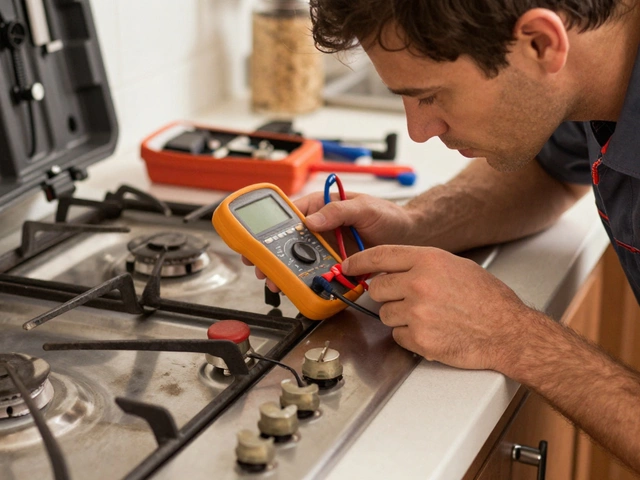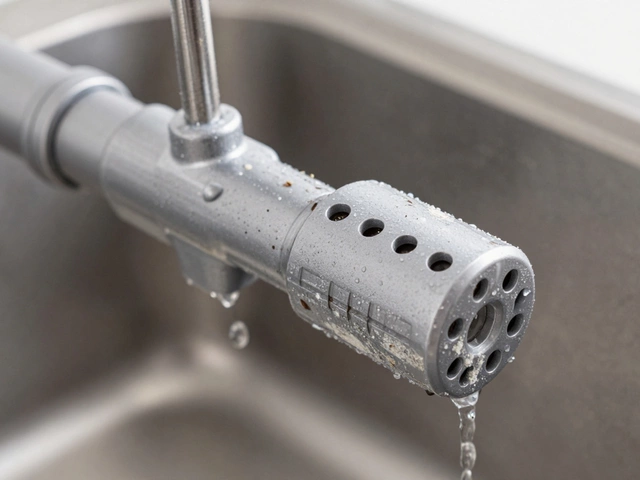Electric Stove Repair: Your Practical Guide
When dealing with electric stove repair, the process of fixing a stovetop that runs on electricity. Also called electric cooktop repair, it usually means spotting a broken heating element, a faulty thermostat, or a busted wiring connection. The job requires a clear plan, the right tools, and a safety‑first mindset. Heating element, the metal coil that turns electricity into heat is the most common culprit, while the thermostat, the sensor that controls temperature often decides whether the stove stays cool or overheats. When you’re not comfortable with live wires, a certified appliance technician, a trained professional who repairs home appliances can save you time and keep things safe.
Why Understanding the Parts Matters
Electric stove repair encompasses diagnosing each component, because a broken part rarely works in isolation. A burned‑out heating element will stop heating, but a bad thermostat can make the element seem dead even when it’s fine. Knowing which part you’re looking at lets you avoid unnecessary swaps and keeps repair costs down. In addition, the stove’s wiring and circuit breaker are part of the overall system; a tripped breaker can masquerade as a stove problem, so checking the electrical supply first is a quick win.
Effective repair requires a qualified appliance technician when you hit the electrical side of things. DIY fixes are great for swapping a heating element or cleaning contacts, but handling live circuits without proper training can lead to shock or fire. Technicians bring a multimeter, reference schematics, and insurance coverage, which together boost safety and accuracy. If you decide to go DIY, always disconnect power at the mains and wear insulated gloves.
Faulty thermostats influence stove performance by sending incorrect signals to the heating element. You might notice the stove staying on too long, or not heating at all, even though the element looks intact. A simple resistance test can tell you if the thermostat is still good. Replacing it is usually straightforward: remove the old unit, match the new one’s voltage rating, and secure it with the original screws.
Safety guidelines dictate that you never work on a stove while it’s plugged in. Even a tiny spark can cause serious injury. Keep the work area dry, use a voltage tester before touching any wires, and follow the manufacturer’s torque specs on mounting screws. Many modern stoves also have protective fuses that need resetting after a repair; ignoring them can leave the stove dead despite a perfect fix.
Understanding circuit issues enables faster diagnosis. A common scenario is a breaker that trips whenever the stove tries to heat, indicating an overload or short. Checking the breaker’s amp rating against the stove’s power draw can reveal mismatches early. If the breaker trips repeatedly after a repair, you may have a hidden ground fault that only a technician’s insulation tester can find.
When you’ve ruled out the obvious (power, breaker, element), look at the control board. Some newer electric stoves use digital panels that can fail silently. A glitch in the board often shows up as unresponsive knobs or error codes on the display. In these cases, resetting the stove by unplugging it for a few minutes can clear temporary glitches, but a board replacement may be necessary for persistent problems.
Beyond the hardware, regular maintenance helps prevent future breakdowns. Clean the stovetop surface and vent openings weekly to avoid dust buildup, which can overheat components. Inspect the wiring harness for cracked insulation every couple of years, especially if you have an older model. Small proactive steps can extend the life of your stove by years and keep repair visits rare.
Below you’ll find a curated set of articles that walk through each of these topics in detail. From spotting a bad heating element to deciding when a professional is the right call, the posts cover practical diagnostics, cost comparisons, safety tips, and DIY step‑by‑step guides. Dive in to get the exact advice you need for your electric stove’s most common problems, and keep your kitchen running smoothly.


